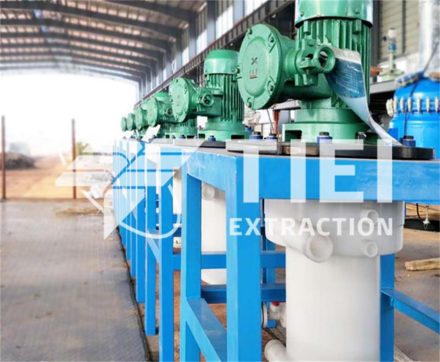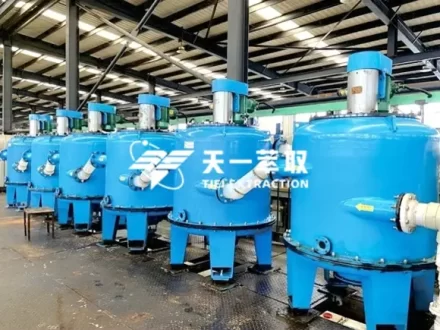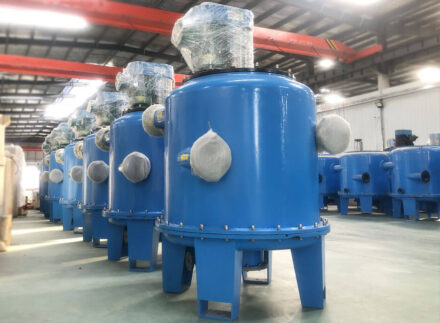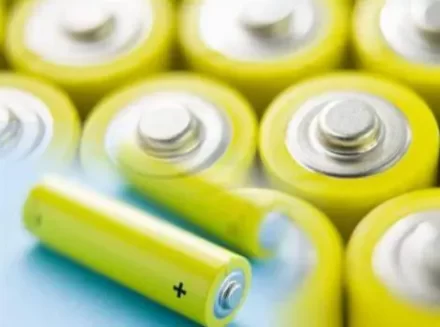
Acetic acid is an important chemical raw material, widely used in basic organic synthesis, medicine, dyes, spices, pesticides and other industries. In the production process of acetic acid, papermaking, pharmaceutical pesticides, vinyl acetate, acetate, polyethylene, etc., a large amount of acetic acid wastewater is generated, which needs to be effectively treated to reduce environmental pollution and recover valuable acetic acid resources.
Acetic Acid And Water Separation
Acetic acid and water do not form azeotropes and can theoretically be separated by distillation or rectification. However, due to the low relative volatility of the two, the use of ordinary rectification or azeotropic distillation processes has the problem of high energy consumption, especially for the separation of dilute acetic acid, the energy consumption problem is more prominent.
In order to effectively treat acetic acid wastewater, a variety of separation technologies have been developed, among which the extraction method has attracted widespread attention due to its low energy consumption and high efficiency. For low-concentration acetic acid wastewater with an acetic acid mass fraction of less than 5%, tributyl phosphate (TBP) is generally used as an extractant to extract acetic acid from the wastewater.
CWL-M centrifugal extractor for multi-stage countercurrent extraction of acetic acid wastewater
- Efficient separation. Through multi-stage countercurrent extraction, it is ensured that each stage can extract acetic acid to the maximum extent, thereby improving the overall extraction efficiency. The CWL-M centrifugal extractor multi-stage series countercurrent system is used to extract acetic acid wastewater with a mass fraction of about 2.5%, and the extraction rate can reach more than 97%.
- Low energy consumption.
Low extraction agent consumption: Compared with the traditional stirring tank static process, the CWL-M centrifugal extractor multi-stage series countercurrent system consumes a lot less extraction agent, thus reducing the operating cost.
Energy saving: Compared with the distillation method, the extraction method consumes less energy, and is particularly suitable for the treatment of low-concentration acetic acid wastewater. - Automatic operation. The system operates continuously, has a high degree of automation, is easy to operate, and is easy to maintain, which improves production efficiency.
- Meet environmental protection requirements. The entire extraction system is fully enclosed, which avoids environmental pollution and meets the environmental protection requirements of modern industry.
Application Examples
In applications, the CWL-M centrifugal extractor multi-stage series countercurrent system has achieved remarkable results. For example, a chemical company used this system to treat acetic acid wastewater with a mass fraction of about 2.5%, and the results are as follows:
- Initial composition: acetic acid 2.5%, water 97.5%
- Extraction phase: acetic acid content significantly increased, reaching a high concentration level
- Raffinate phase: acetic acid content greatly reduced, close to pure water
- Total yield: The total yield of acetic acid is as high as more than 97%
As an important chemical raw material, the effective treatment of acetic acid wastewater is of great significance to environmental protection and resource recovery. The CWL-M centrifugal extractor multi-stage series countercurrent system has become an ideal choice for treating low-concentration acetic acid wastewater with its advantages of high efficiency, low energy consumption and automatic operation.
Email: sales@tieiextraction.com
Whatsapp: +86 19069612820








